Choreography
An insight into Matthew Bourne's choreographic approach and stylistic features
Most of Bourne’s choreographic works are based heavily or entirely on well-known ballets, books, films, musicals, pieces of art or compositional scores; his most famous being Swan Lake and Nutcracker! Like Edward Scissorhands, The Red Shoes joins the New Adventures canon as a work adapted from a famous film.
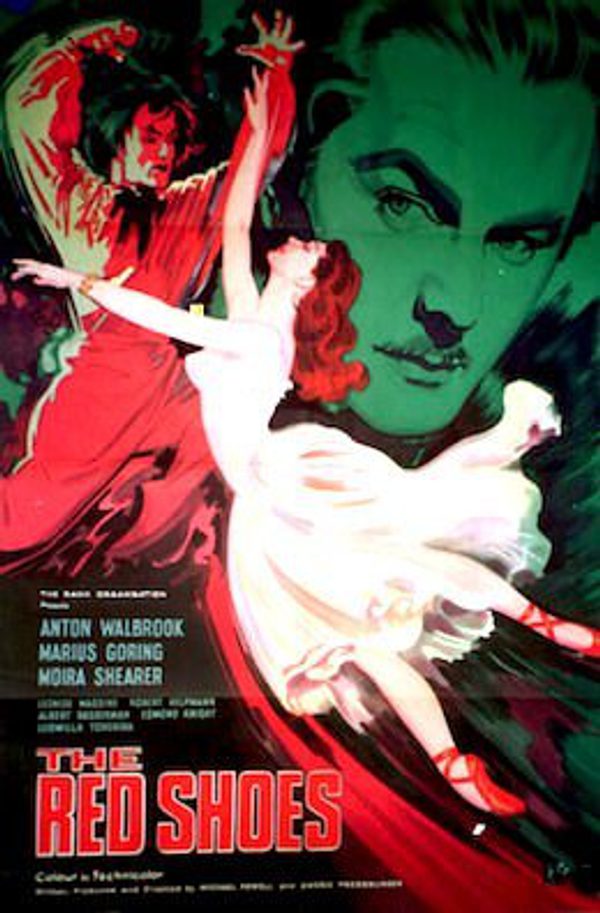
Bourne is renowned for creating work that attracts large audiences that is accessible for those unfamiliar with the world of dance. A new work with a familiar title encourages newcomers to the audience. Although Bourne wants audiences to feel that they have a way into the work, he also wants them to experience something new. It is not his aim to simply re-tell a story but instead to put his own spin on the narrative that provokes the audience to think and consider the story in a new light.
Stylistic Features
Bourne himself would argue that it is difficult to describe his style because of the nature of his choreographic process. He is inspired by a plethora of stimuli, eras, dance styles and references.
The movement content is deeply rooted in the background and context of the story. All movement is generated through intention-based tasks, creative exploration and play. In the context of The Red Shoes, romantic ballet and swing dance were predominantly used to help decipher the difference between Bourne’s narrative and the various ‘featured’ ballets presented by Ballet Lermontov such as Les Sylphides and Lermontov’s version of ‘The Red Shoes’. Social dances such as swing were used to develop phrases in order to portray Ballet Lermontov in a more relaxed state for example as seen in the company’s end of season party at the top of Act Two.
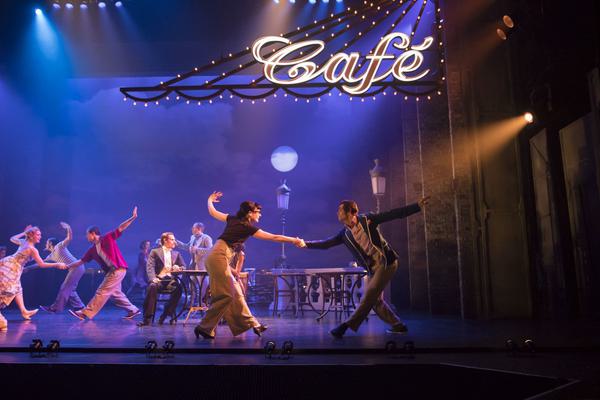
When making his earlier works, Bourne choreographed much of the movement on himself and his small company, and with that came a more personal sense of style, with movement that suited the group of people he was working with. As the company has grown and developed so too has the choreography, as Bourne works closely with his dancers to let them bring their own creative ideas to the table and celebrates their diverse stylistic backgrounds. As he works with dancers from mixture of contemporary, musical theatre and ballet training, he blends all of these genres to create something unique, but always the focus is on storytelling using the body instead of words.
Earlier in his career, Bourne’s work had a very witty, quirky and comedic approach. As his career has progressed, Bourne has become more interested in moving people emotionally. The structuring of the narrative journey of his pieces has also developed and, working similarly to a film director, Bourne constructs his scenes carefully, to create a cohesive flow punctuated with moments of comedy, drama and emotion.
Often, Act One will allow the audience to build their understanding of the characters, themes and initial plot. The act will culminate in I moment of drama or high stakes and then Act Two will often open with a lighter, humorous and entertaining tone, to relax the audience and bring them back after the interval. The second half on the show can then build in dramatic intensity and plot development, exploring themes in more depth, before resulting in the climax of the piece.
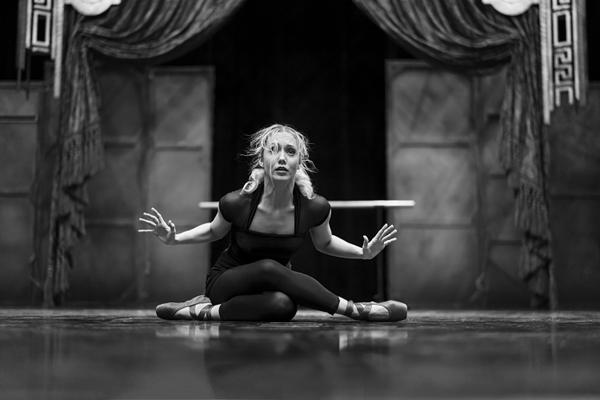
Choreographic Approach & Role
Once Bourne has established the story and the structure with his creative team, he goes into a phase of workshops. For The Red Shoes, this workshop phase happened two years prior to the rehearsal period using the company’s associate artists and a small number of principal dancers. This process is where initial phrases of choreography are created. Bourne instructs choreographic tasks which generate phrases of movement which are developed, manipulated under Bourne’s direction. The movement is then filmed for reflection and future reference. The motives behind the tasks are deeply rooted in the intention of the narrative scene. A second phase of workshops is then used to explore ideas further and generate more choreography in advance of full company rehearsals.
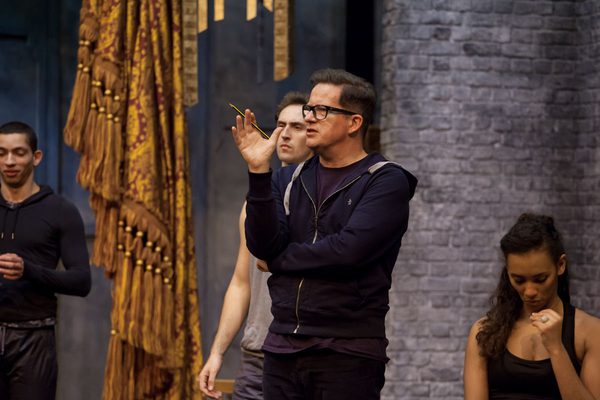
For Bourne’s production of The Red Shoes, videos were a huge source of primary research. Videos of the film’s actors, famous ballet dancers of that time, videos of 1940s dance etiquette and portraits of prima ballerinas were all referred to. Once the dancers are cast the company enter a 6-week rehearsal process leading up to the show’s premiere performance. The dancers share and teach each other sections of choreography and, once learnt, Bourne can start to shape and refine the material and is very much like a director throughout the choreographic process. He has to be responsible for not only polishing and improving individual scenes and performances but has to oversee the bigger picture and how these changes could affect the narrative.
Bourne states that his choreographic process has developed over time. The more he has worked with new dancers with an increasingly technical background, the more the movement vocabulary has become more complex and intricate. It may seem unusual for dancers to be involved in so much research and in the choreographic process but Bourne wants a company of ‘thinking dancers’ that are fully immersed in the work and the creation. Bourne believes it is vital for the dancers to know where their movement comes from and why they are performing it, so that it has truth and intention behind it. He wants all the characters to be fully realised and fleshed out with backstories; creating a rich world and helping the audiences to relate to characters and understand their narrative journey and struggles. Creating choreography is a collaborative process where the dancers have to have ownership over their character through developed interpretation and research. Bourne on the other hand allows artists within his company to develop their characters and to push themselves as performers and artists, not just dancers.
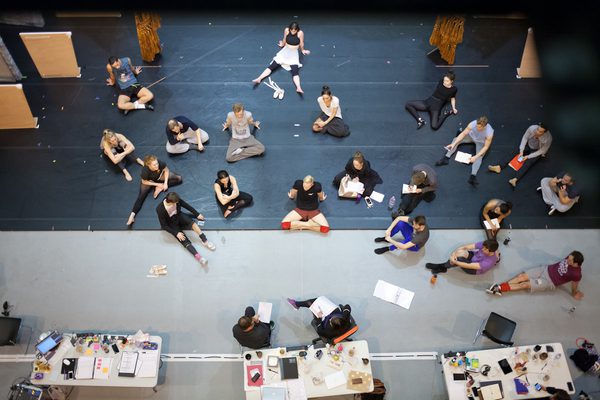
Go back